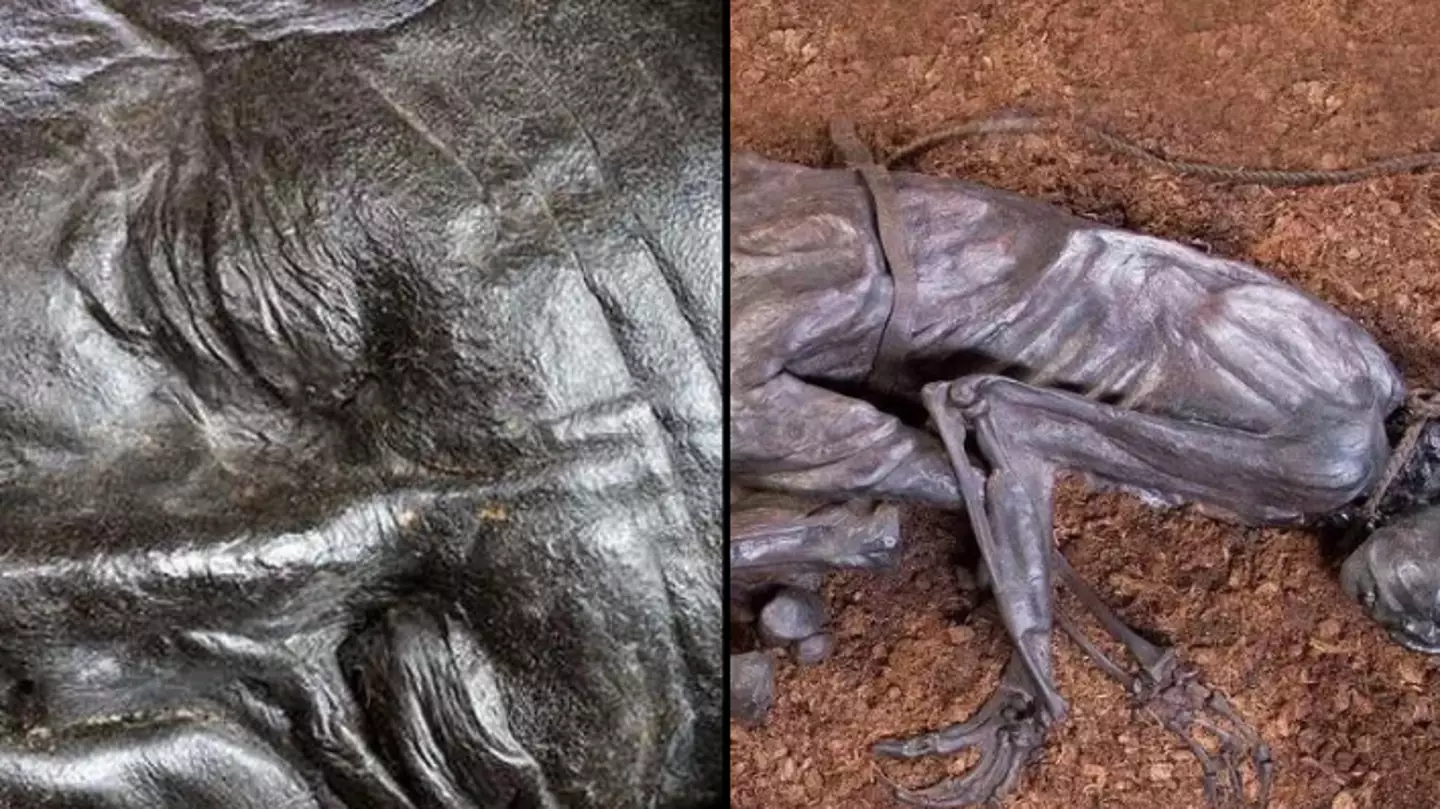
Guts showed the last meal of a remarkably well preserved body from 2,400 years ago
Scientist were able to use new technologies to see what the man had for his final meal 2,400 years ago
 Claire Reid
Claire Reid
Claire is a journalist at LADbible who, after dossing around for a few years, went to Liverpool John Moores University. She graduated with a degree in Journalism and a whole load of debt. When not writing words in exchange for money she is usually at home watching serial killer documentaries surrounded by cats. You can contact Claire at [email protected]